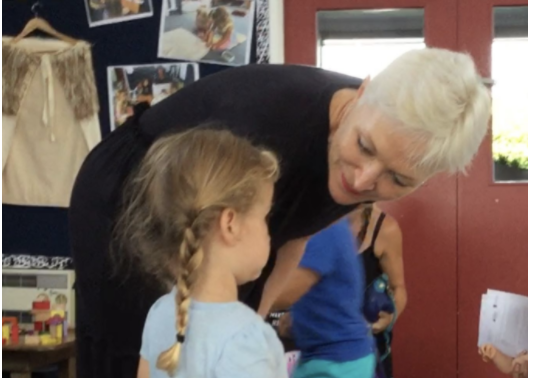
Ngā whakawhitinga ki waenganui i ngā whare kōhungahunga
Transitions between ECE spaces
What works?
Waihangatia te ara whakamua
Create the pathway forward
Several transitions can take place in-between the first transition to ECE and arrival at kura/school. These can be due to the arrangement of ECE spaces, where different rooms are allocated to age groupings (as in the case of some Education and Care Services), or where services cater for specific ages requiring a transition from one ECE setting to another, (as in the case of kindergarten). Changing whānau circumstances, geographical locations or preferences for education and care can result in the need for additional transitions between ECE spaces. Whatever the reason, these transitions represent changing sets of relationships, contexts and expectations for tamariki to negotiate.
Kaiako can put in place processes that support unnecessary disruptions by seizing opportunities for continuity and progression. Regardless of the transition, there should always be a familiar hand to hold through change and movements should be determined, as much as possible, by the tamaiti rather than what is convenient for adults.
“We have very much started swapping teachers… so we’ve still got our ratios and everything, but so tamariki can get the time to visit more frequently. Not just at that transitional time. You know, do it throughout the year with a group of children going across and playing for an hour and some of the older ones came back over here and that’s really cool - they are that much older and, you know, tuakana-teina with the little ones… and they love revisiting where they’ve been… do those visits. Lots and lots and lots. Get mum over there clearly, You know, we’ve learnt from this”
- Kaiako, two year old setting.
By the time tamariki transition to kura/school they are experienced transitioners!
The following timelapse video provides a glimpse of the ‘between’ transition experiences for Macy as she moved between 2 same centre spaces and then between services to kindergarten.
Mōhiotanga: Before the first day of transition between spaces
Mātauranga: On the day of transition between spaces
Māramatanga: After the first day of transition between spaces

Resources for further reading
A’oga Fa’a Samoa Teachers, Management, & COI Focus Group. (2005). Innovation at a’oga fa’a Samoa. In A. Meade (Ed.), Catching the waves: Innovation in early childhood education (pp. 6-14). New Zealand: NZCER Press.
de Campos Tebet, G., Santos, N., Costa, J., Santos, B., Pontes., L., de Oliveria, S., & D’Andrea, M. (2020). Babies’ transition between family and early childhood education and care: A mosaic approach of discourses about quality of services. Early Years, 40(4-5), 429-448.
Merry, R. (2016). Transition within an early childhood centre: The construction of children’s identities. Ngā Tau Tuatahi New Zealand Journal of Infant and Toddler Education, 17 (2), 33-38.
Ministry of Education (n.d.). Pathways and transitions.
White, E.J. (2019). How do two year-olds strategically orient themselves in pre-school: Transitions.


































